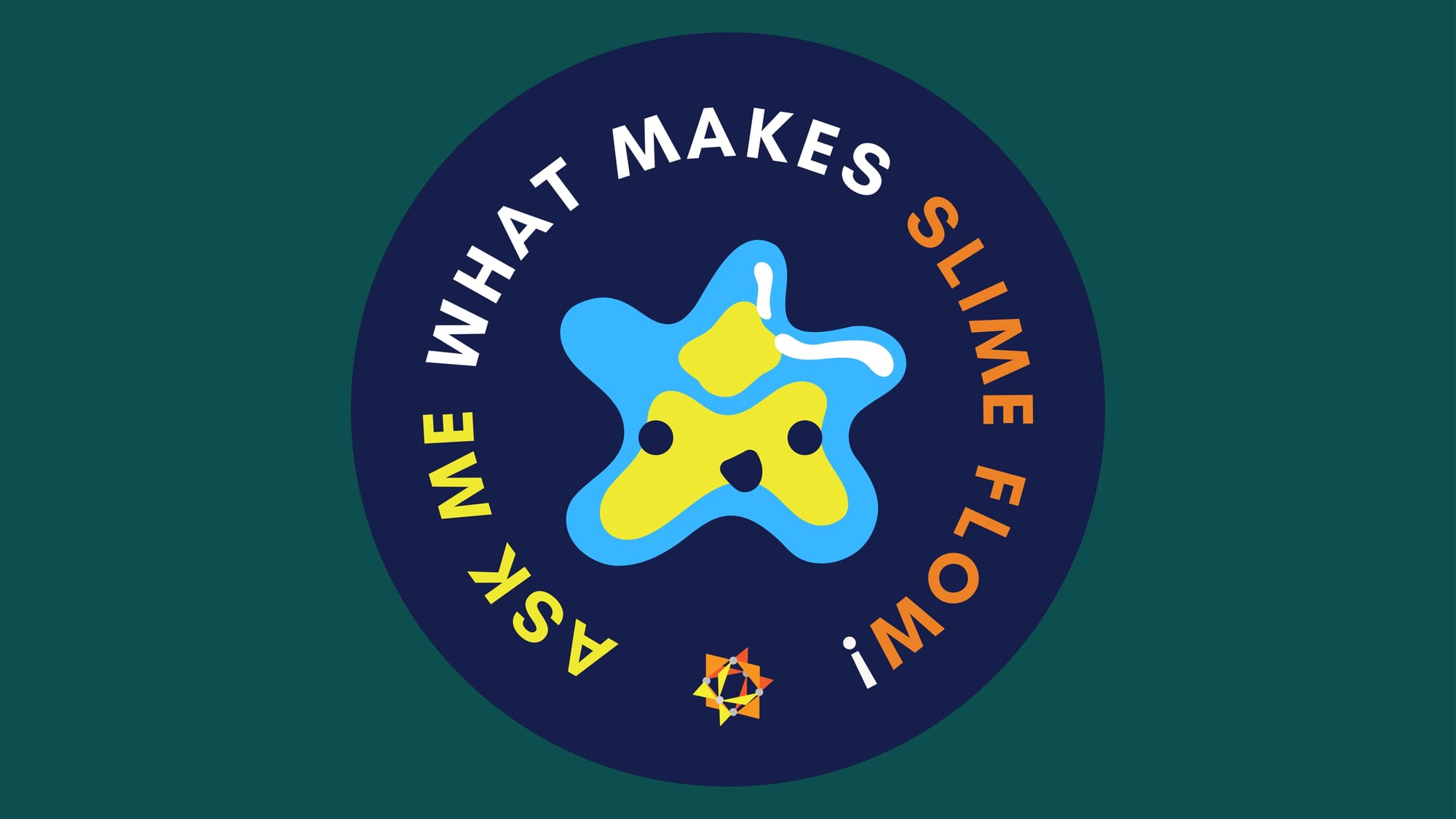CURIOUS brains,
I had the privilege of visiting San Diego, California through ACS Kids Zone to share the chemistry behind a popular kids toy: SLIME.
In this video, you'll see how slime's special ingredients work together to create that gooey, stretchy texture we all love:
On the left, we have polyvinyl alcohol (PVA) molecules sliding freely. In the center, watch as borate bonds with PVA, creating crosslinks that slow everything down.
So, is slime a solid or a liquid?
It's both! Slime is what scientists call a "non-Newtonian fluid." This means it can act like a liquid when you let it ooze through your fingers, but it feels solid when you squeeze it.
Why does slime behave this way?
It's all thanks to those crosslinks we see in the animation. When the borate connects the PVA molecules, it creates a tangled network that doesn't flow as easily as a regular liquid.
What makes slime flow?
Slime doesn’t pour like water or other liquids. That’s because the borate creates crosslinks between the long PVA molecules. These crosslinks slow down the movement, making slime stretch and ooze instead of drip and splash. Without those crosslinks, slime would just be a puddle of liquid!
Stay CURIOUS!
Sincerely,
Vanessa Rosa, Ph.D.







Member discussion